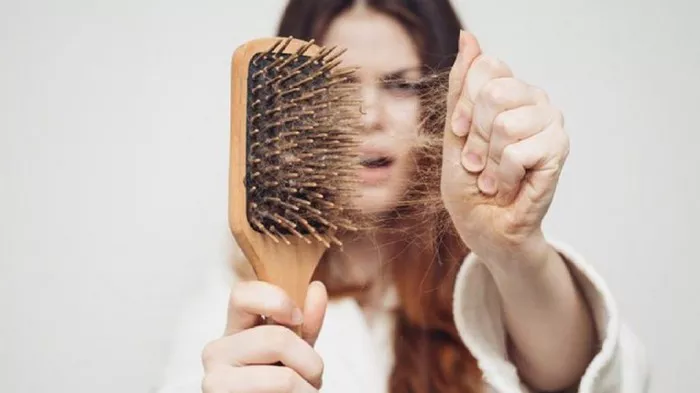Hair is often considered a symbol of beauty and vitality, and for many women, it plays a significant role in their overall self-esteem. However, the reality is that hair loss is a common concern that affects women as well as men. Female thinning hair, in particular, can be a distressing experience, impacting not only physical appearance but also emotional well-being. In this article, we will explore what female thinning hair looks like and delve into some of the common causes and potential solutions.
Introduction to Thinning Hair
Thinning hair is a common concern impacting women globally, transcending age and background. The gradual reduction in hair density and thickness can have a profound effect on self-esteem and overall well-being. In this article, we will delve into the distinct characteristics of female thinning hair, exploring its signs, causes, and potential solutions. Understanding this phenomenon is the first step towards empowering women with the knowledge needed to address and manage thinning hair effectively.
Recognizing the Signs of Female Thinning Hair
Female thinning hair is characterized by a gradual reduction in hair density and thickness. Unlike male pattern baldness, which often results in a receding hairline or bald spots, female hair loss tends to be more diffuse. Understanding the signs can be crucial in addressing the issue promptly.
One noticeable sign is increased visibility of the scalp. As hair becomes thinner, the scalp may become more apparent, especially in areas where the hair once provided fuller coverage. Additionally, women may observe widening part lines or a decrease in the overall volume of their hair. Changes in texture, such as finer strands or increased brittleness, can also be indicative of thinning.
Causes of Female Thinning Hair
Several factors contribute to female thinning hair, ranging from genetics to lifestyle and hormonal changes. One common cause is hereditary hair loss, also known as androgenetic alopecia. This type of hair loss is influenced by genetic predisposition and hormonal fluctuations, leading to a gradual reduction in hair volume over time.
Hormonal changes associated with pregnancy, childbirth, and menopause can also contribute to female hair thinning. Fluctuations in estrogen and progesterone levels can affect the hair growth cycle, leading to shedding and reduced thickness. Conditions such as polycystic ovary syndrome (PCOS) may exacerbate hormonal imbalances and contribute to hair loss.
Certain medical conditions and treatments can impact hair health as well. Conditions like thyroid disorders, autoimmune diseases, and nutritional deficiencies can lead to thinning hair in women. Furthermore, undergoing treatments such as chemotherapy can result in temporary hair loss, including thinning.
Addressing Female Thinning Hair: Possible Solutions
Fortunately, various approaches can help address female thinning hair, depending on the underlying cause. Consulting with a healthcare professional or dermatologist is crucial to determine an accurate diagnosis and appropriate treatment plan.
1. Topical Treatments: Minoxidil is an over-the-counter topical treatment approved by the FDA for female pattern hair loss. It promotes blood flow to the hair follicles and may stimulate hair growth. Prescription-strength formulations are also available.
2. Prescription Medications: Some prescription medications, such as finasteride, may be recommended to address hormonal factors contributing to female hair thinning. However, these medications may have side effects, and their use should be discussed with a healthcare provider.
3. Lifestyle Changes: Adopting a healthy lifestyle can positively impact hair health. Ensuring a well-balanced diet with essential nutrients, managing stress levels, and avoiding excessive heat and chemical treatments can contribute to maintaining healthy hair.
4. Platelet-Rich Plasma (PRP) Therapy: PRP therapy involves drawing a small amount of the patient’s blood, processing it to concentrate platelets, and then injecting the plasma into the scalp. This treatment has shown promise in promoting hair growth by stimulating hair follicles.
5. Hair Restoration Procedures: In more advanced cases of female thinning hair, hair restoration procedures such as hair transplant surgery may be considered. This involves the transplantation of hair follicles from one area of the scalp to another.
See Also: [Revealed!] What Vitamins Are Good for Dry Hair?
Conclusion
Recognizing the signs of female thinning hair is the first step towards addressing the issue effectively. Understanding the potential causes and seeking professional advice can lead to personalized treatment options that cater to individual needs. Whether through topical treatments, prescription medications, lifestyle changes, or advanced procedures, women have various avenues to explore in their journey to maintain healthy, vibrant hair. It’s essential to approach female thinning hair with a comprehensive perspective that considers both physical and emotional well-being, empowering women to feel confident and beautiful at every stage of life.


